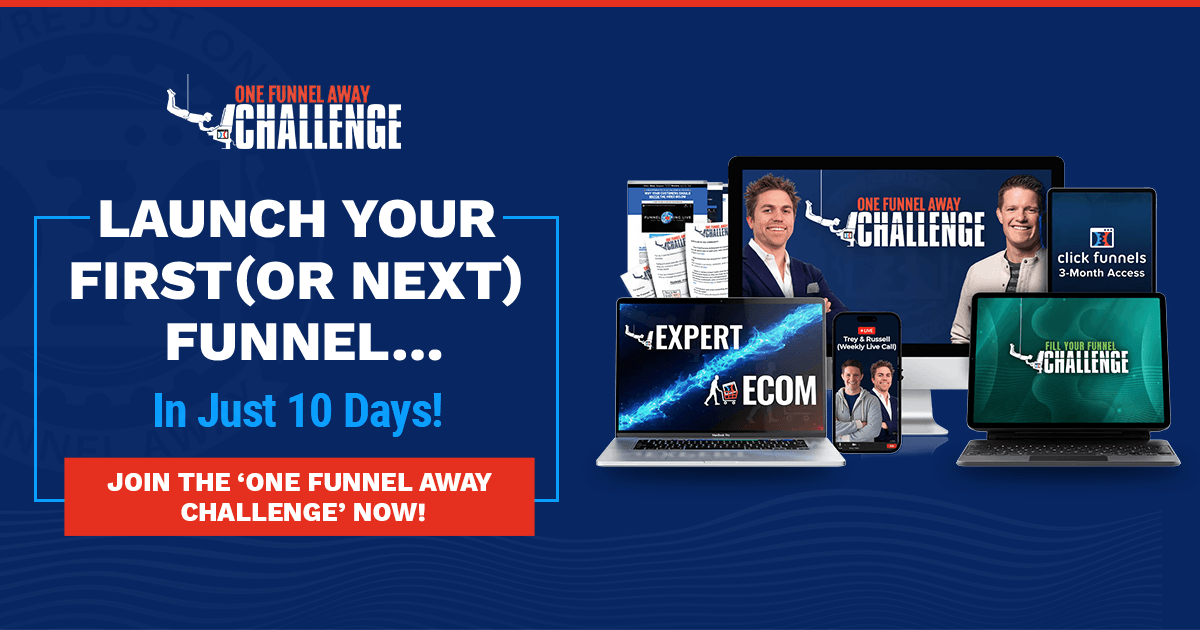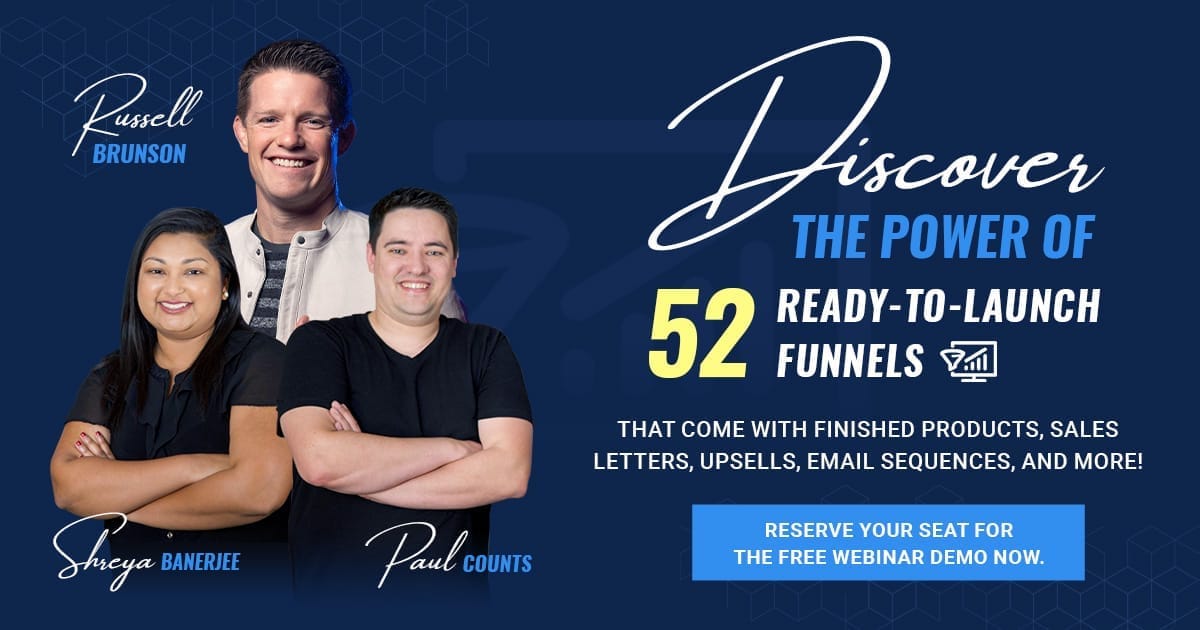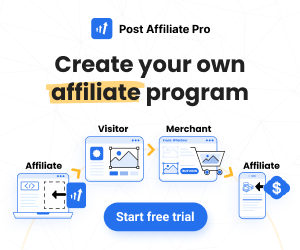7 Funnel Hacks to Skyrocket Business Growth Overnight
7 Funnel Hacks to Skyrocket Business Growth Overnight
The world of online business moves at lightning speed. One moment, your website is just a flickering light on the internet; the next, it could be a blazing beacon attracting thousands of customers and generating six-figure revenue. The secret behind this exponential growth? Sales funnels.
If you’ve been wondering how today’s top companies take their businesses from good to extraordinary seemingly overnight, you’re in the right place. Whether you run a fledgling e-commerce store or a thriving software company, the right funnel hacks can multiply your results faster than you ever imagined.
In this guide, we’ll cover 7 powerful funnel hacks to skyrocket your business growth overnight. By the time you finish reading, you’ll be equipped with actionable strategies, practical examples, and tools like ClickFunnels, CRM software, and more to crush your goals. Let’s dive in!
Why Sales Funnels Are the Key to Modern Business Success
Before diving into the hacks, let’s briefly discuss why sales funnels are non-negotiable for achieving online business success. A sales funnel is a step-by-step framework that takes potential customers on a journey. From the moment they discover your product to the day they become loyal customers, your sales funnel shepherds them through each stage.
But here’s the kicker: most businesses leave their funnels on autopilot, failing to optimize at critical points. When you proactively improve your funnel, you’re not just improving a part of your business; you’re directly boosting your lead generation, conversion rates, and revenue—the holy trinity of business growth.
Now, let’s talk about the seven hacks that can turn your funnel into a conversion machine.
Understanding Sales Funnels: How They Work
A sales funnel is a systematic approach designed to guide potential customers through their buying journey. It’s a visual representation of the steps a consumer takes from becoming aware of your product to finally making a purchase. Let’s break down how a sales funnel works:
1. Awareness
At the top of the funnel, your goal is to attract attention. Potential customers first learn about your brand through various marketing strategies, such as:
Content Marketing: Blog posts, videos, and podcasts.
Social Media: Engaging posts or ads on platforms like Facebook and Instagram.
SEO: Optimizing your website to rank higher on search engines.
This stage’s aim is to create interest and drive traffic to your website or landing page.
2. Interest
Once people are aware of your brand, the next step is to generate interest. This can be achieved by providing valuable information that resonates with your audience. Techniques include:
Lead Magnets: Offering free resources like eBooks, checklists, or webinars in exchange for contact information.
Engaging Content: Webinars, product demos, and detailed product information help nurture leads.
3. Consideration
At this stage, potential customers are evaluating your offerings alongside competitors. They may compare features, prices, and reviews. Your goal is to:
Nurture Leads: Use email marketing to send targeted content, testimonials, and special offers to keep them engaged.
Create Trust: Share case studies and customer success stories to build credibility.
4. Intent
When a lead shows genuine interest, they start to demonstrate intent to purchase. This could be indicated by actions such as adding items to a shopping cart. At this point:
Offer Incentives: Provide discounts, free trials, or bonuses to encourage purchase.
Follow-up Communication: Reach out with personalized emails or reminders.
5. Evaluation
In this stage, leads are on the verge of making a decision. They are likely to seek final assurance that they are making the right choice.
Provide Clear Value: Reiterate how your product meets their needs.
Address Concerns: Be available to answer any last-minute questions or objections.
6. Purchase
This is the crucial moment when the lead becomes a customer. Simplifying the purchasing process is critical:
Secure Checkout: Make sure the payment process is smooth and secure.
Upsell/Cross-sell: Offer additional products that complement their purchase.
7. Post-Purchase
Once the purchase is complete, the funnel doesn't end. The focus shifts to customer retention and advocacy:
Thank You Emails: Express gratitude and set expectations for delivery.
Encourage Reviews & Referrals: Motivate customers to leave reviews and refer friends.
Continued Engagement: Use email marketing to share related content and promote future products.
Hack #1: Craft Curiosity-Based Headlines That Demand Attention
In the ocean of online marketing, your headline is the lifeline that pulls people in. It’s the first thing your audience sees, and it determines whether they stick around or bounce.
A curiosity-driven headline doesn’t merely describe a benefit—it makes your audience desperate to know more. For example, instead of a bland title like “How to Grow Your Business,” try something more engaging like:
“What Top Marketers Know About Funnels (That Others Don’t)”
“The $5 Hack That Increased Our Revenue by 300% Overnight”
Here’s a real-world example: A webinar that tested curiosity-laden headlines—"How to Build a Million-Dollar Funnel Without a Website"—saw a significant drop in ad costs and a massive boost in attendance rates. By simply tweaking the headline to pique curiosity, participants not only showed up but stayed engaged.
Action Tip:
Use tools like A/B testing to experiment with different headlines for your pages, emails, and ads.
Hack #2: Leverage Lead Magnets That Customers Can’t Resist
A lead magnet is the irresistible freebie you offer in exchange for someone’s email address. It could be a checklist, a mini-course, or an exclusive eBook. The key is understanding your audience's deepest desires and aligning your lead magnet with their goals.
One company achieved staggering results with a lead magnet—a free guide on “Building Your First Funnel in Under 30 Minutes”. This simple offering crushed their lead generation goals, bringing in tens of thousands of email signups overnight.
Pair that with tools like ClickFunnels, which lets you create lead-gen landing pages in minutes, and you’ve got an unbeatable combination.
Action Tip:
Ask this question while developing your lead magnet: What keeps my audience awake at night, and how can I solve it in one free resource?
Hack #3: Use Emotional Engagement to Drive Action
When it comes to sales, logic explains, but emotion converts. That’s why your sales pages and email marketing campaigns must tap into feelings like excitement, urgency, or even a little fear.
For example, many top-performing sales pages are structured around three psychological elements: Emotion, Logic, and Fear. The first third of the page evokes feelings (happiness, hope, or opportunity), followed by logical persuasion and urgent calls to action. This simple framework can dramatically enhance conversions.
One fun tactic, aptly named The Kiss Test, demonstrates this idea perfectly. Imagine a campaign where the headline reads: "Is Your Business Funnel Kissable? Find Out in 5 Steps." It triggers curiosity and emotional involvement, instantly pulling readers into the page.
Action Tip:
Audit your current sales funnel and make sure the opening elements connect emotionally with your audience. Then, layer in logic and urgency to seal the deal.
Hack #4: Add an Order Form Bump for Instant Revenue Growth
An order form bump is a small, additional offer presented on your checkout page. Think of it as the online equivalent of candy bars at the grocery store checkout. The principle works the same way—it triggers impulse buys.
Imagine this scenario: A customer is purchasing a $97 online course on social media marketing. Before they check out, you offer a complimentary $29 “Instagram Ad Checklist.” For many buyers, this is a no-brainer.
Not only does this tactic increase your average order value (AOV), but it can also cover your ad costs entirely, making the entire funnel pure profit.
Action Tip:
Use tools built into platforms like ClickFunnels to easily add order form bumps. Structure them as “quick wins” for your audience.
Hack #5: Overdeliver on Value with a Thank You Page Webinar
Many businesses consider the Thank You page an afterthought. Big mistake. Your Thank You page is prime real estate for presenting magic moments—offering additional products or upselling services.
One of the best strategies is hosting a live or pre-recorded webinar. Place a call-to-action on your Thank You page, inviting customers to attend a 15-minute funnel-building crash course. This serves as both valuable training and a subtle pitch for an upsell.
Successful businesses using ClickFunnels have shared how this technique helped them turn “warm buyers” into hyperactive buyers, boosting total revenue.
Action Tip:
On your Thank You page, include an invitation to an exclusive free webinar or training session. Leverage it to introduce your higher-ticket offers.
Hack #6: Funnel Hacking, Spy on Competitors for Unlimited Inspiration
If you’re not familiar with funnel hacking, now’s the time to add this to your repertoire. Funnel hacking is a strategy where you reverse-engineer the best-performing funnels in your industry to understand what’s working and replicate success.
Say you’re in the digital sales niche. You might analyze the funnel flow of a top-performing course creator, identifying how they move visitors from lead generation through upsells. Then, take insights from tools like SEMrush or SpyFu to study their traffic and keywords to perfect your funnel.
Action Tip:
Conduct regular competitor analysis. Utilize tools like Mixpanel or SimilarWeb to uncover how your competitors are leveraging funnel steps effectively.
Hack #7: Optimize, Optimize, Optimize
A funnel, no matter how effective at launch, will eventually plateau unless it’s continuously optimized. This is where tools like heatmaps, A/B testing platforms, and CRM software step in.
For example, Hotjar heatmaps can reveal areas where customers drop off on checkout pages. By analyzing data, something as simple as rewording a call-to-action from “Sign Up” to “Start My Free Trial” could double your conversions.
Platforms like ClickFunnels also offer robust analytics dashboards to help you experiment, track, and refine every stage of your funnel.
Action Tip:
Test your funnel relentlessly. Measure metrics like conversion rates, click-through rates, and average cart value weekly to get the most out of your efforts.
Conclusion: Take Action Today for Growth Tomorrow
There you have it—a step-by-step blueprint of 7 funnel hacks designed to scale your business starting tonight, not next quarter. But here’s the truth: even the best funnel strategies yield zero results unless you take action. Start small. Tweak your headlines, test a lead magnet, and use a CRM tool to track those leads. Build your funnel one step at a time, and soon you’ll have an unstoppable machine driving growth.
Ready to get started? Download 7 Days to Funnel Mastery today and take your first step toward turning your idea into a thriving online business.
Created with © Ako Digital







